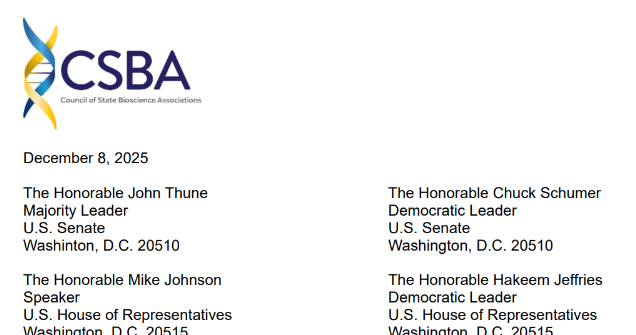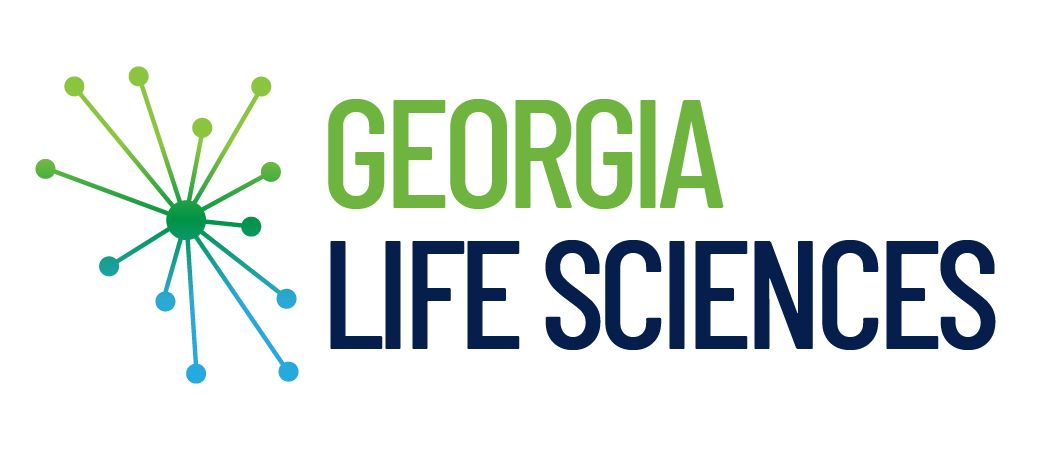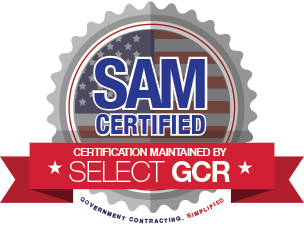Hatch-Waxman Act: Celebrating 40 Years of a Balanced and Innovative Drug Ecosystem
In 1984, the Hatch-Waxman Act – formally known as the bipartisan Drug Price Competition and Patent Term Restoration Act – established a legal and regulatory framework that propelled the modern biopharmaceutical industry.
Forty years later, the U.S. biopharmaceutical industry thrives with a balance of innovation and affordability, thanks to the law that encourages companies to research and develop cutting-edge medicines while creating a process for lower-cost generics with the same clinical benefit to come to market.
As we approach this milestone anniversary, however, the system that has created so many breakthroughs faces a critical threat. Misguided attempts by policymakers to address drug costs by weakening intellectual property protections would upend the delicate balance that has enabled America’s life sciences industry to create life-saving cures. A proposal to invoke so-called march-in rights on patents for drugs that were supported in part by federal funding would jeopardize investments in groundbreaking research and undermine the incentives for the discovery of new treatments. This ultimately harms patients who depend on new therapies.
Affordable generics are born from the significant research and investment needed to produce branded drugs. Weakening crucial intellectual property protections will lead to neither being developed.
As we reflect on the 40 years of progress enabled by the Hatch-Waxman Act, patients are counting on policymakers to preserve the delicate balance between innovation and affordability that has made the United States a global leader in developing new medicines.
Learn more about the Hatch-Waxman Act here, and learn more about America’s leadership in the life sciences at www.weworkforhealth.org/ip.




